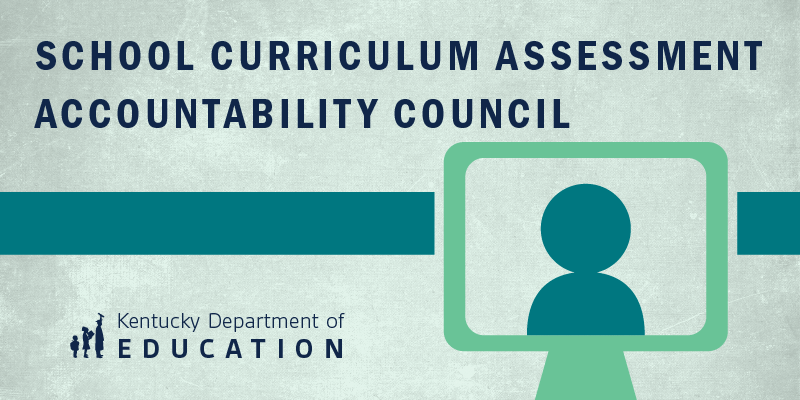The United States Department of Education (USED) has approved Kentucky’s request for a four-year extension of its Elementary and Secondary Education Act (ESEA) flexibility waiver. The state’s current waiver expires at the end of the 2014-15 school year.
Since Kentucky had met its commitments to the original timelines and principles of ESEA flexibility, the state was eligible to apply for an extension renewal that would run through the 2018-19 school year, and to participate in an expedited renewal process. Kentucky is one of only five states approved thus far for a four-year waiver extension. The state’s approval letter and latest ESEA flexibility extension request can be found on the Unbridled Learning page of the Kentucky Department of Education website.
Kentucky was first granted flexibility from some of the provisions of ESEA, reauthorized as the No Child Left Behind Act of 2001, in February 2012. The waiver has allowed Kentucky to operate one system of accountability for both state and federal purposes, provide districts with flexibility on how they spend some federal funds and cleared the way for the state to move forward with its aggressive agenda of education reform laid out in Senate Bill 1 (2009).
“Kentucky has led the way on the implementation of new, more rigorous academic standards, balanced assessments and an accountability system that includes multiple measures of school success and promotes college/career-readiness for all students,” said Commissioner Terry Holliday. “The results? More students are graduating from high school – ready for college and careers, our lowest performing schools are improving and teachers, principals and superintendents now have an aligned, statewide evaluation system that stresses professional growth, effectiveness and continuous improvement.”
In Kentucky, the college- and career readiness rate among high school graduates has improved from 34 percent in 2010 to 62.5 percent in 2014; the state’s graduation rate also has increased to 87.5 percent.
Of the state’s 39 persistently low-achieving schools, four have exited Priority status; 14 are on track to exit in the fall of 2015; and 24 of the 39 have narrowed the achievement gap to 5 percentage points or less.
Kentucky’s latest waiver request strengthens efforts to improve schools that do not exit Priority status in three years. It also clarifies how the state will support schools and districts in implementing college- and career- ready standards beyond the current school year.
In addition, Kentucky’s waiver implements the latest revisions to the accountability system approved by the Kentucky Board of Education in February that aim to make the system more valid, reliable and fairer; details how Kentucky is working to address the needs of English language learners and students with disabilities, support the needs of all students, and assist low-performing schools so that students graduate college- and career-ready; and incorporates the Kentucky Department of Education’s continued emphasis to close achievement gaps through a new plan that will reduce the number of students scoring Novice on the state test.
“We are grateful to USED for allowing us to move ahead with our continuous improvement process,” Holliday said, “but, what Kentucky and all other states really need is a long-term plan for moving public education forward that is accomplished only through the reauthorization of ESEA.”
The measure was due for reauthorization in 2007, but Congress has not been able to agree on its terms.



Leave A Comment